New York City is ‘$9 billion in the hole’ because of coronavirus says Mayor de Blasio
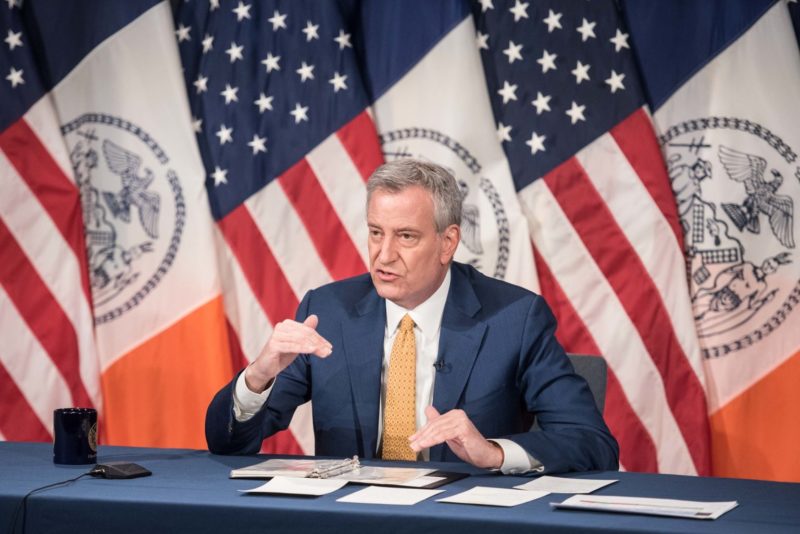
New York City now faces a $9 billion budget deficit in the city’s $ 89.3 billion financial plan due to the novel coronavirus pandemic Mayor Bill de Blasio announced on Wednesday.
“We have to come to grips with the fact that on top of the healthcare crisis, on top of the economic crisis, we are now in a crisis here in the city,” said de Blasio. “Our fiscal situation has gotten worse… but it’s not shocking to me.”
“There is literally no way that we can solve this problem without federal help or without making very, very painful choices that will affect the quality of life in this city,” said de Blasio.
The mayor projected $ 7.4 billion in lost revenue because of the pandemic that the economic toll would last beyond the next fiscal year. In April, de Blasio’s preliminary 2021 city budget was $6 million less than what he proposed in January and included $ 2 billion in spending cuts to education, parks, healthcare, social services, law enforcement, transportation and housing.
With no help from the senate or the federal government insight and with the deadline to pass a 2021 fiscal year budget quickly approaching, the city called on Albany for a “safety net” and to provide borrowing authority. On Monday, state Senator Liz Krueger, chair of the state senate’s finance committee, introduced a bill that would allow the city to borrow up to $7 billion by authorizing the Transitional Finance Authority to issue debt to make up for potential losses in 2021.
“It’s not something we want to use or intend to use in the first instance, but it’s something we need as a last resort,” said de Blasio, citing former mayor Micheal Bloomberg’s borrowing request to Albany in the aftermath of 9/11 as precedent. De Blasio also used the New York state legislature’s approval of debt up to $ 11 billion another example.
“There was no debate, there was no fanfare, it was obviously the right thing to do,” said de Blasio. “This city has been smart with its stewardship of our resources, smart in the way we serve our people and grow our economy and we need to keep doing that.”
On Tuesday, when the mayor first mentioned plans to try to increase the city’s borrowing power, Governor Andrew Cuomo opposed the idea calling borrowing for operating expenses “fiscally questionable.”
‘Bodybag’ protest at City Hall calls for end to overcrowded homeless shelters
By Todd Maisel
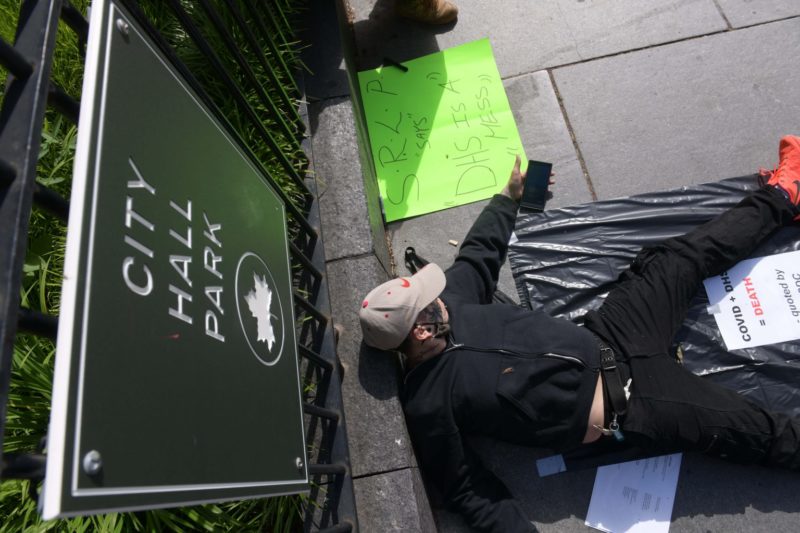
Protestors laid out mock “bodybags” at the gates of City Hall Wednesday morning to dramatize the plight of the homeless crowded into shelters during the COVID-19 pandemic.
The bags represented the estimated 80 homeless deaths that demonstrators claim were caused by the shelter system. They demanded that the city pay for 30,000 hotel rooms and end “NYPD/Department of Homeless Services sweeps that remove people from more undesirable locations including trains, storefronts and highways underpasses.”
VOCAL-NY, an organization advocating for low-income New Yorkers, put the protest together. About 30 protestors, most of whom socially distanced, lined up along the gates of City Hall, shouting slogans and called for the mayor to do more to house homeless people in better conditions.
Privately, they hoped to block the entrance to stop his vehicle motorcade into the City Hall gates to dramatize their plight and get his attention.
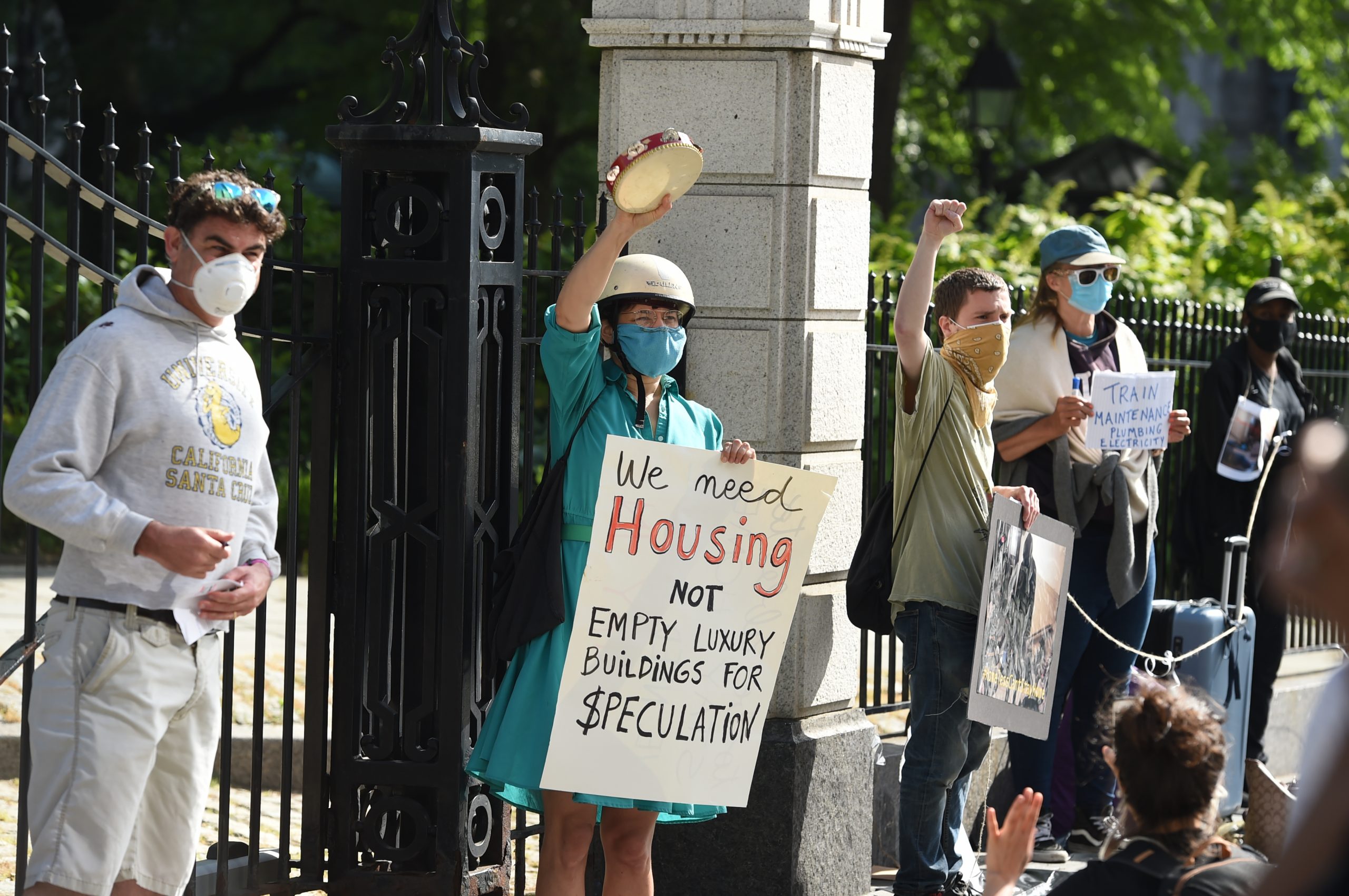
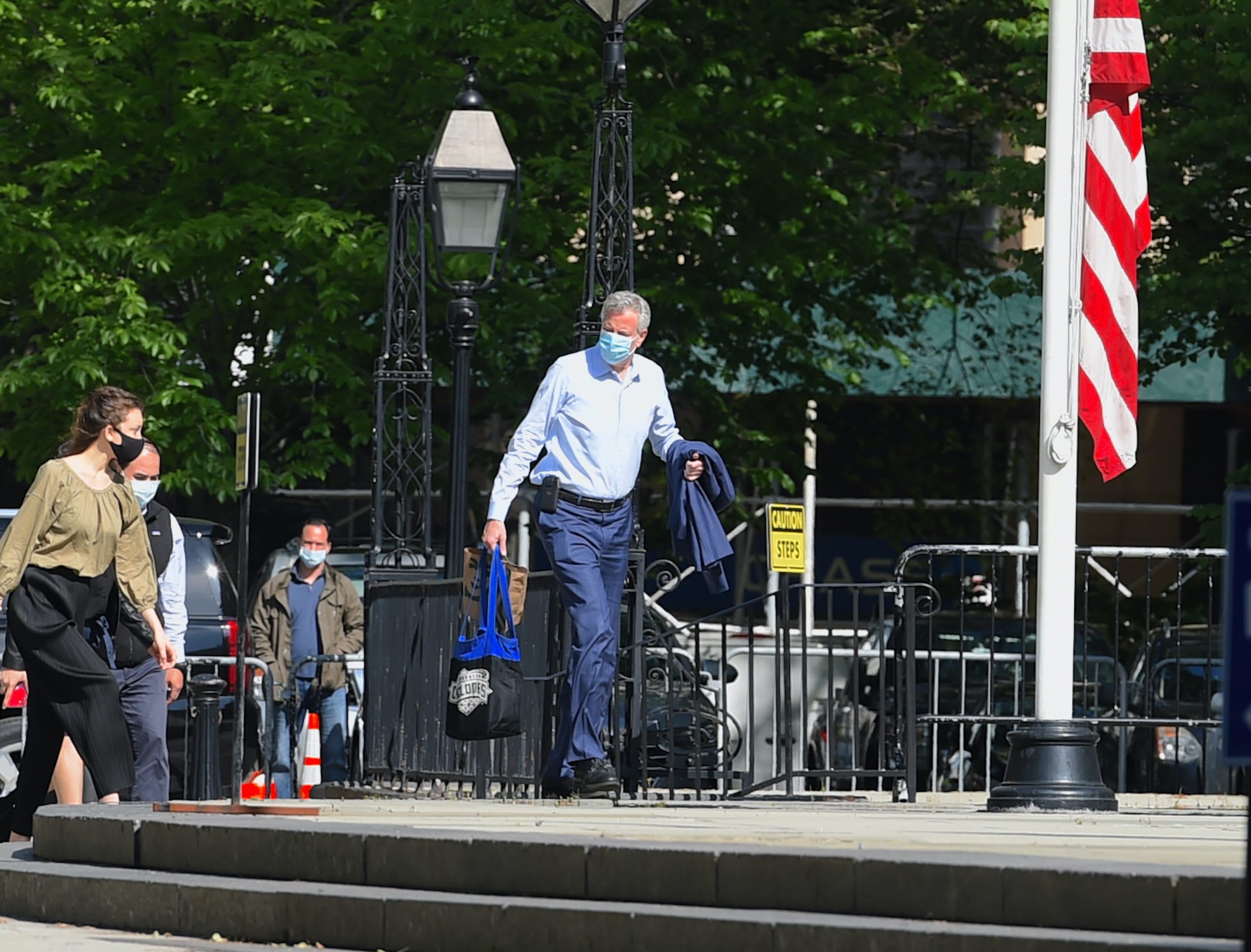
The mayor however entered through the Broadway gate, undeterred by the protest.
Police stood at the ready, but did not intervene in the peaceful protest. Instead, they advised demonstrators to wear masks and to properly social distance to avoid spreading COVID-19.
“We are asking the mayor to please open up those hotel rooms that are not being used because the city is shut down,” said Roberto Monguel, a homeless man and an advocate. “In my shelter, we had six cases of COVID-19 alone and that’s not right. You would ask the staff about confirmed cases and they would nod in your face. It is not right for de Blasio to play dominos with people’s lives. At shelters, there is barely 36 inches between each bed. It is a war zone of contamination.”
Homeless advocates criticized the city’s removal of homeless from MTA trains at night, claiming the conditions they offer “are not safe.”
Gwendolyn Becker, a homeless advocate, said the city is taking people off the street, but putting them into unsafe conditions.
“The city is taking them off the streets and making them worse off than when they are in the shelters,” Becker said. “And what’s going on with the hospitals – when you go to the emergency room people are dying, then they go to the funeral home and nobody knows who anyone is. They are locking people up and putting them in jail just because they are homeless.”
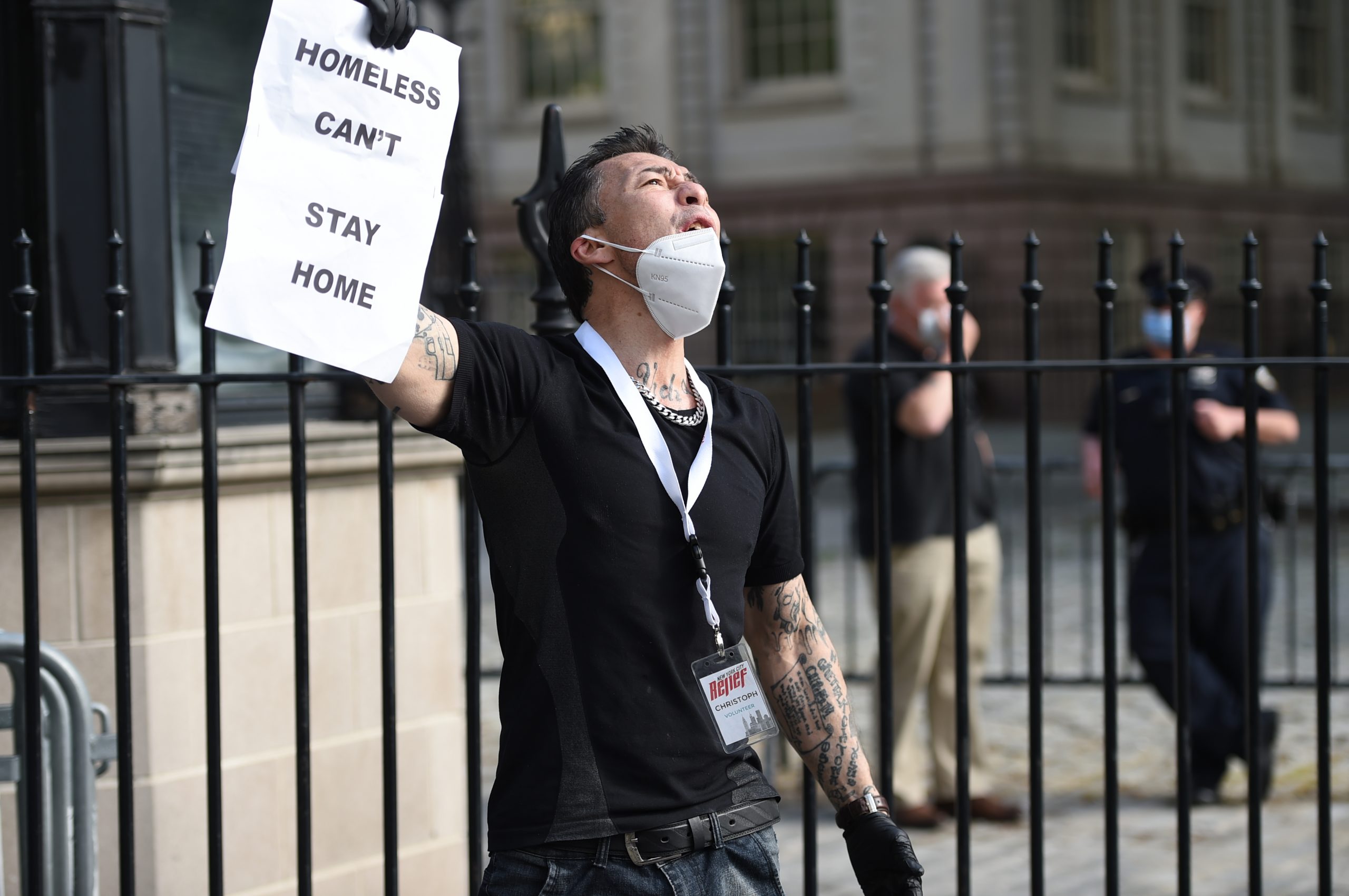
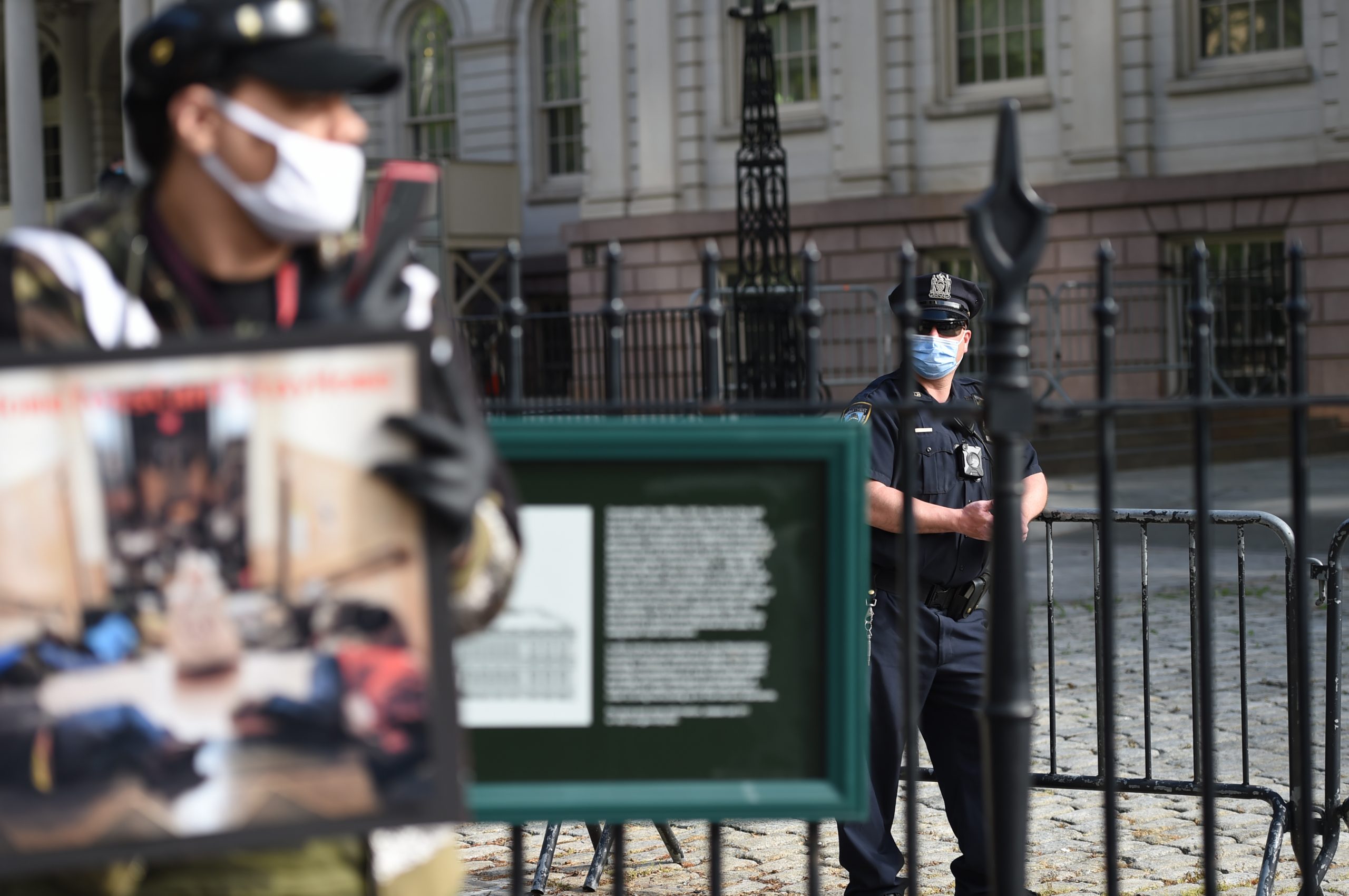
Lou Lamoriello: Islanders will have Adam Pelech available for playoffs, Belmont construction resumes
Stories by Joe Pantorno
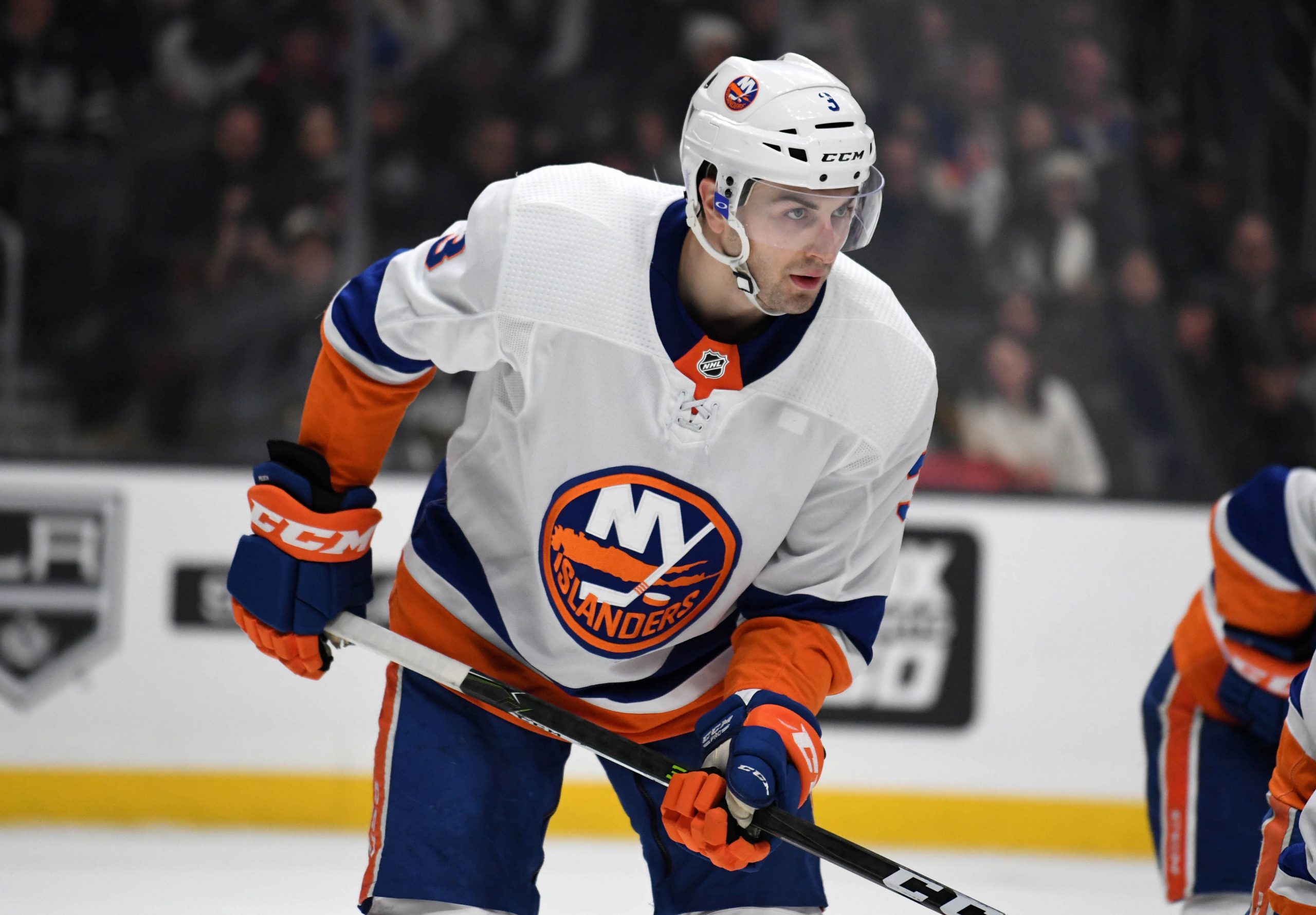
The good news keeps coming for the New York Islanders.
One of their most valuable defensemen in Adam Pelech, who went down with an Achilles injury in January, will be available to return as soon as team facilities are able to open, Islanders’ general manager Lou Lamoriello said on Wednesday afternoon.
“Adam is allowed to participate… as if the injury never took place,” Lamoriello said. “There’s no question his value to this team.”
“We will have every player available to us,” he added, which means the likes of Casey Cizikas, Cal Clutterbuck, and Johnny Boychuk will be at full strength come July.
The 25-year-old Pelech was continuing his development as a legitimate top-pairing stay-at-home defenseman in the 38 games before his injury, posting nine points, a plus-4 rating, and a defensive points share of 2.2.
After what was described as a “freak” injury during warmups shortly after New Year’s Day, the Islanders’ defense — which was the NHL’s best last season — took a nosedive.
In the games Pelech played in, the Islanders conceded an average of 2.63 goals per game. In the 30 games without him, before play was suspended on March 12, that number shot up to 3.1.
While it might not seem like an enormous difference, it’s dramatic for an Islanders team that is one of the worst goal-scoring units in the NHL — and it showed in the standings.
The Islanders went 25-10-3 with Pelech in the lineup and were one of the top teams in the Eastern Conference. After his loss, they went 10-13-7 to drop to seventh in the conference based on points percentage.
It earned them a play-in matchup with the No. 10 Florida Panthers in the best-of-five series to move on to the more traditional Eastern Conference quarterfinals — a format that was confirmed by NHL commissioner Gary Bettman on Tuesday.
“In my opinion and league have done a tremendous job in coming up with the best possible scenario they could to satisfy all the individual situation of each team barring none,” Lamoriello said. “I’m totally supportive of what the results were and just excited that we have a template to get back.”
Lamoriello was also able to confirm that construction on the Islanders’ new arena at Belmont Park resumed on Wednesday morning, exactly two months after on-site work was stopped due to the COVID-19 outbreak.
It is still on schedule for its October 2021 opening, too.
“We were ahead of schedule when this all took place,” Lamoriello said. “And I don’t believe there will be any hiccups.”
Lundqvist or Shesterkin? Rangers face dizzying goalie choice in playoffs against Hurricanes

The Rangers couldn’t have asked for a better playoff opponent as a No. 11 seed.
That sentence would not have made any sense five months ago.
On Tuesday afternoon, NHL commissioner Gary Bettman confirmed that the NHL would jump right into a 24-team postseason sometime in July.
With 12 playoff teams per conference, the Rangers just squeak in as an 11 seed where they will face the No. 6 Carolina Hurricanes in a best-of-five play-in round to determine who moves on to the Eastern Conference quarterfinals.
Based on the 2019-20 regular season, which ended on March 12 due to the coronavirus pandemic, it’s as good a draw as any for the Rangers.
They swept the Hurricanes in four games this season, outscoring them 17-9.
Like he did against most of the NHL, Artemi Panarin thrived against Carolina, posting three goals and six assists (nine points) in those four games while Mika Zibanejad added four goals and three assists (seven points).
It will be those two who will be tasked in getting the Rangers’ offense back up to speed, which will be no easy task after what will be an unexpected four-month hiatus.
But the biggest question that will be on head coach David Quinn’s mind when he begins ramping up for that best-of-five series is which goalie he’ll start.
Rookie netminder Igor Shesterkin was a stalwart in the crease when he made his jump to the NHL in January.
He went 10-2-0 in 12 starts with a sterling .932 save percentage and 2.52 goals-against average. That included a win over the Hurricanes on Feb. 21 when he stopped 27 of 29 shots in a 5-2 win.
Normally, those numbers would make him the clear-cut choice to start things off for the Rangers in the postseason. After all, it’s usually the team with the hot goalie that goes the farthest.
However, the aging Henrik Lundqvist, who has taken a backseat in Quinn’s three-goalie tandem that includes Shesterkin and Alexandar Georgiev, has been almost unbeatable against the Hurricanes over his Hall-of-Fame career.
In 46 games, he’s 33-12-1 with a .934 save percentage and 2.00 goals-against average.
Despite a career-worst season in 2019-20, he was still money against Carolina, going 3-0-0 with a .947 save percentage and 2.33 goals-against average.
Add in his lengthy postseason resume with 128 appearances and 61 wins and Quinn’s decision on who starts between the pipes is going to be a difficult one.
Listen to amRUSH through your browser or on Apple Podcasts, Spotify, Stitcher, and on Google Play.


